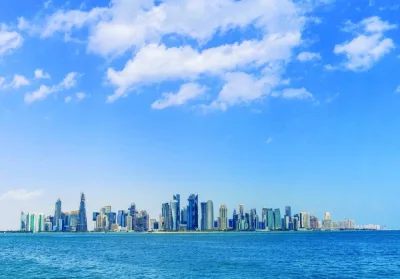The 19-nation eurozone economy was on a roll as confidence continued its advance at the end of 2017, capping what was probably the strongest year for the region in a decade.
But after five consecutive increases in the 2018 growth outlook over the past year, economists have curbed their enthusiasm about prospects for the euro area as the global trade spat amplifies concerns over weakening growth momentum.
Economists have cut their eurozone growth forecasts to 2.3%, reflecting weaker consumer spending and factory activity. They also lowered their estimates for growth in each of the first two quarters by a notch to 0.5%.
The downgrade to growth projections in the latest Bloomberg survey – on a quarterly and annual basis – comes after the region followed its best year in a decade with a stream of disappointing data in 2018.
To be sure, a continuation of the upswing that has created more than 8mn jobs in the region is still on cards. But no longer is the region seen keeping pace with last year’s expansion.
The eurozone economy did have a softer start to the year with a series of reports on inflation to manufacturing and retail sales, all coming in below expectations. Protectionist US trade policies threatening to bring about a host of tit-for-tat responses are adding to uncertainty just as the European Central Bank attempts to assess when and how to scale back its €2.3tn ($2.8tn) stimulus programme.
After slowly emerging from the bank failures, record joblessness and sovereign debt crisis that marred its last decade, the euro-area economy had found its feet last year. Growth in 2017 was probably the fastest since before the financial crisis.
The International Monetary Fund had in early November said growth across the European region – which includes the euro area as well as developing economies in central and Eastern Europe – is having a positive spillover effect on the rest of the world.
For the eurozone, economists surveyed by Bloomberg had raised their growth forecasts eight times in 2017. Resultantly, the European Central Bank’s more hawkish policy makers have been pushing for its easing programme not to be extended again in September.
Europe is still to make up most of the ground lost in the dark years. But the current slowdown has come in as a definite surprise to the ECB forecasters, who expected the growth rate to slow only slightly in the course of 2018 with the annualised GDP growth rate in the first and second quarters of 2018 seen around 2.5%.
External risks are currently the main source of concern, ECB president Mario Draghi said last week. Policy makers haven’t lost their optimism yet that broad-based growth will eventually lift inflation toward its goal of below but close to 2%. They argue that the direct impact of import tariffs announced by the US and China are likely to be small.
But realism should replace euphoria for the eurozone as a weak start to 2018 after the fastest growth in a decade as well as global trade conflicts pose downside risk to the 19-nation economy.



